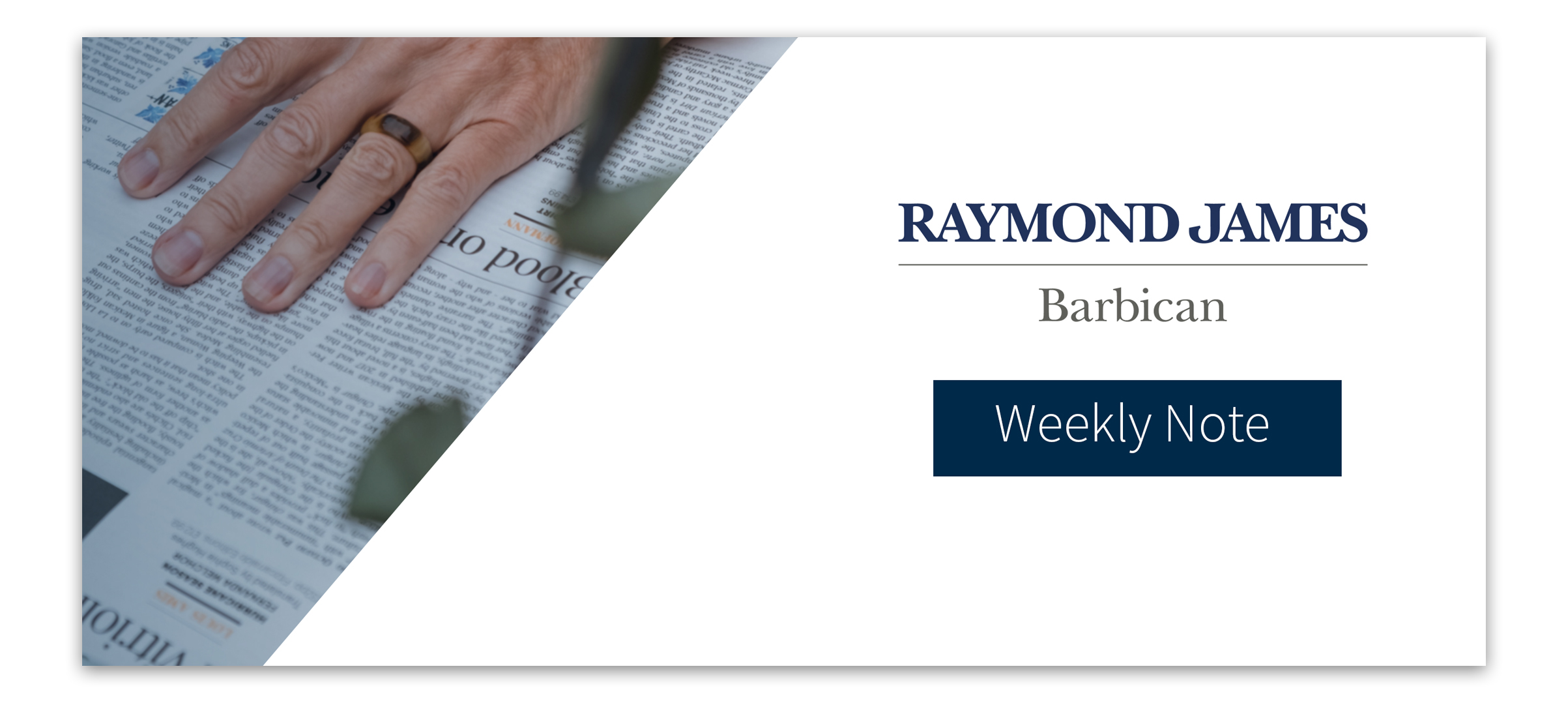With Storm Eunice arriving today, preventative measures have been taken to minimise damage, with schools shutting, transport networks closing, and people being advised to stay indoors. The word “storm” is used frequently when describing the weather, but the classification of a storm is when the wind is measuring 10 or above on the Beaufort Scale (55mph or higher).
This week’s weather system seems to have reflected the current mood in markets. It’s been unpredictable and varied, with moments of sunshine, but as we head towards the end of the week there is potentially worse to come.
Geopolitical tensions have continued to dominate newsflow this week. On Tuesday there were reports of troop withdrawals from Russia, however, these claims were denied by NATO who stated this was not being witnessed on the ground. Risk assets (equities) advanced on hopes of a diplomatic solution to the crisis, and then fell away again as tensions seemed to escalate. Throughout the week both the US and UK have held regular briefings and shared a lot of intelligence with the media and public. It is seen as a clear strategy to try and remove the element of surprise from Putin and helps them control the informational war. While equities have been choppy, safe-haven assets such as gold have performed strongly. The precious metal price topped $1,900 per ounce on Thursday, which was an eight-month high. Government bond yields have fallen from recent highs in another indication that safe-haven assets are in favour this week.
Defensive positioning was reflected in this month’s Bank of America investor survey, which showed cash allocations at the highest level since May 2020. Interestingly, this is used by some as a contrarian indicator, and they will see high cash allocations as a clear buy signal.
Inflation concerns continued to rumble away with the latest UK CPI number coming in at 5.5%, a 30-year high, with items such as clothing and footwear seeing big jumps in prices. Over in the US, the Fed’s meeting minutes were published and the language was less hawkish than feared. The US consumer, despite seeing their cost of living being squeezed, provided some positive news this week with US retail sales coming in at 3.8% (month-on-month), considerably ahead of expectations.
The Office for National Statistics (ONS) UK House Price Index showed price increases of 10.8% for 2021, putting the average price of a UK home at £275,000. London has been a laggard compared to other UK regions, as people left the city and opted for more space as work from home policies were put in place. However, there are reports of a ‘boomerang effect’ occurring with young workers flooding back to London given offices are re-opening and COVID measures are being removed.
Markets, in general, have been stormy in 2022, facing wind and rain in the form of inflation and geopolitical risks. The key questions remain about how long these forces will persist, and what impact they will cause should they strike. Forecasting is a notoriously tough thing to do accurately and as such our focus remains on diversification in portfolios to avoid some of the worst weather conditions, while also being able to make hay when the sun shines again.
Andy Triggs | Head of Investments, Raymond James, Barbican
With investing, your capital is at risk. The value of investments and the income from them can go down as well as up and you may not recover the amount of your initial investment. Certain investments carry a higher degree of risk than others and are, therefore, unsuitable for some investors.

